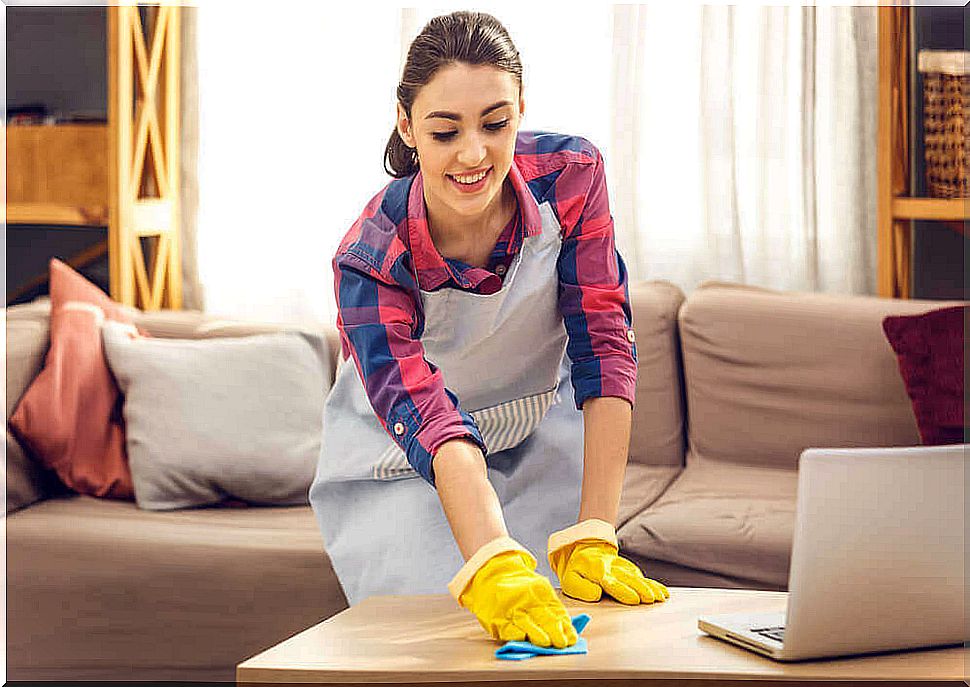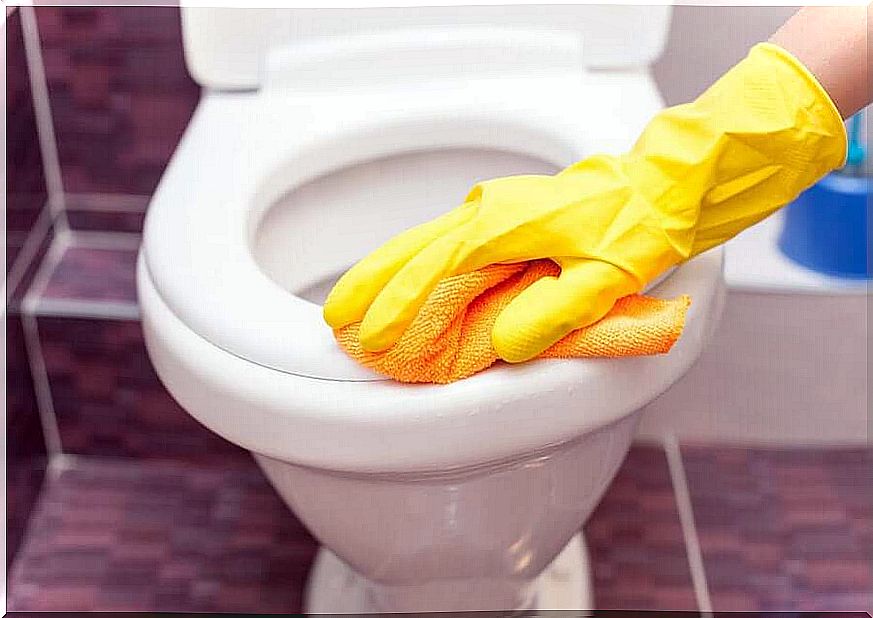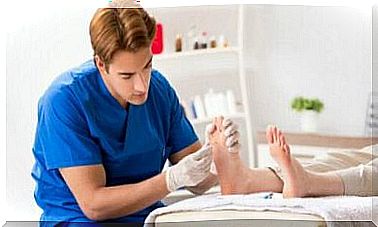Tips For Cleaning And Disinfecting The Home
Cleaning and disinfecting the home is essential to reduce the risk of infection. This is why the Centers for Disease Control and Prevention provide us with some recommendations.

Right now, learning a few tips for cleaning and sanitizing your home is pretty smart. Given the concerns that exist around the coronavirus, it is important to know what we can do from our home to reduce the risk of infection and spread.
As the World Health Organization (WHO) explains , Covid-19, or the infectious disease caused by the coronavirus, can be passed from person to person when there is close contact. Transmission is through respiratory droplets that can come from the nose or mouth of an infected person.
Droplets can also fall on nearby surfaces and objects. This also constitutes a risk of infection. In these cases, if the person comes into contact with these secretions and then touches their eyes, nose or mouth, they may be infected. Therefore, general and correct cleaning is also essential. What should you watch out for?
How to clean and disinfect the house?
Strategies for cleaning and disinfecting the home aim to limit the survival of viruses that may resist it. Although we are primarily referring to advice from the Centers for Disease Control and Prevention (CDC) regarding Covid-19, these are guidelines that can also help prevent other infectious processes.
In general, an adequate cleanliness of the spaces of the house is synonymous with well-being. This eliminates germs, dirt and any type of impurities that can facilitate the transmission of infections. In addition, combined with disinfection products, it helps kill germs on surfaces. Let’s see this in more detail.
How to clean and disinfect the house?

Often, and throughout the day, we are in constant contact with certain surfaces of the house. Whether it is tables, door handles, switches, toilets, taps, etc., it is essential to ensure their disinfection. Indeed, a superficial cleaning is not sufficient in this case.
In this regard, it is advisable to use household cleaners and disinfectants approved and suitable for the surfaces. It is therefore ideal to take a few minutes to read the information on the label. Among other things, this is decisive for proper use.
Houses with isolated people: what to take into account?
Regarding homes where people are isolated for home care (for example due to a suspected or confirmed coronavirus infection), the Centers for Disease Control and Prevention are issuing even stricter cleaning recommendations. .
On the other hand, through home care instructions , they remind people that the isolated person must stay in a specific room, as far as possible from other family members. In general, in these cases, caregivers and patients should pay attention to the following:
- Daily clean and disinfect permanent contact surfaces, like the ones we mentioned before
- Wash the bathroom and the personal use items of all family members more regularly. Especially those of the sick person. This includes towels, bed sheets, clothes, etc.
- If there is only one bathroom in the house, it should be cleaned and disinfected after each use.
Additional tips for cleaning and disinfecting the home

There are other preventative measures that we can put into practice when cleaning and disinfecting the house. They should apply both in case of suspected viral infection, as in confirmed cases. And not only now that we fear the Covid-19, but also whenever there is a risk of infection of this type.
- Use disposable gloves when cleaning and disinfecting surfaces. They should only be used once
- When removing gloves, wash your hands thoroughly for at least 20 seconds with soap and water
- Some surfaces can be cleaned with a dilute bleach solution. But you must follow the recommendations related to ventilation and use
- Any soft or porous surface, such as rugs and carpets, should be washed regularly with the appropriate products. In addition, it is a good idea to wash these surfaces with hot water.
- Gloves should also be worn when handling the dirty clothes of a sick person. These clothes should not be shaken, and washed in the hottest water possible
Finally, it is essential to remember the importance of optimal hand hygiene. Washing them with soap and water, several times a day, is the key to reducing any kind of risk of infection and spread. Washing should be reinforced if there are sick people at home.
In addition, it is essential to repeat this gesture in the event of contact with pets, before cooking, before eating, after going to the toilet, after blowing your nose, coughing or sneezing, etc. These are the most important situations.









